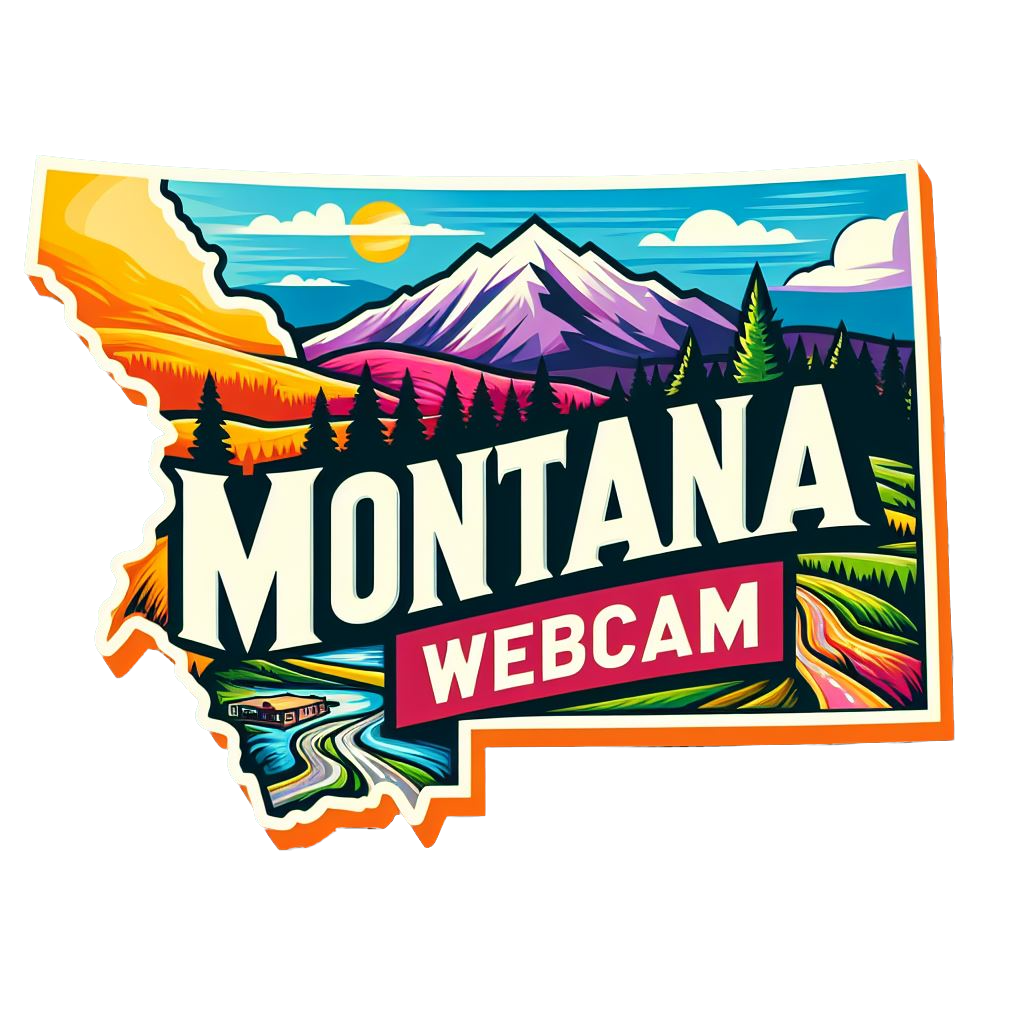Glendive, MT Weather Cams
Cow Creek MT-13 Cam

Beaver Hill I-94 Cam

Glendive, Montana: A Gateway to the American West
Glendive, MT Weather Cams. Nestled along the banks of the Yellowstone River in eastern Montana, Glendive is a town steeped in history and frontier spirit. From its early days as a trading post on the Northern Pacific Railway to its modern role as a hub of commerce and industry, Glendive has played a vital role in the development of the American West. Its story is one of resilience, innovation, and the enduring spirit of the pioneers who settled the region.
Early Settlement and Exploration
The history of Glendive dates back thousands of years, with evidence of Native American occupation found in the area’s archaeological sites and rock formations. The region was inhabited by various indigenous tribes, including the Sioux, Assiniboine, and Crow, who relied on the Yellowstone River and the surrounding plains for hunting, fishing, and trade.
European exploration of the Glendive area began in the early 19th century, as fur traders and explorers ventured into the region in search of new trade routes and resources. The Lewis and Clark Expedition passed through the area in 1806, documenting the rich natural beauty and abundant wildlife of the Yellowstone River Valley.
Establishment of Fort Glendive
The town of Glendive traces its origins to the establishment of Fort Glendive in 1877. The fort was built by the U.S. Army as a supply depot and trading post along the Northern Pacific Railway, which was under construction at the time. Named after the Glendive Creek, which flows nearby, the fort served as a vital link in the transportation network connecting the Midwest to the Pacific Northwest.
The presence of Fort Glendive attracted settlers and entrepreneurs to the area, leading to the growth of a small but vibrant community. The town quickly became a hub of activity, with businesses, saloons, and homes springing up along the riverbanks.
Railroad Expansion and Economic Growth
The completion of the Northern Pacific Railway in 1881 further accelerated the growth and development of Glendive. The railroad brought an influx of settlers, goods, and capital to the region, transforming Glendive into a bustling center of commerce and industry.
The town’s strategic location along the Yellowstone River and the railroad made it a vital transportation hub for the region. Glendive became a major shipping point for cattle, sheep, and agricultural products, as well as a staging area for goods destined for markets across the country.
The Homestead Era
The late 19th and early 20th centuries saw a wave of homesteaders and settlers flock to the Glendive area in search of new opportunities and a better way of life. The Enlarged Homestead Act of 1909 encouraged settlers to claim and cultivate larger tracts of land, leading to the rapid expansion of agriculture in the region.
Homesteaders faced numerous challenges, including harsh weather, limited resources, and isolation, but many persevered, carving out a living from the land and contributing to the growth and prosperity of Glendive. The town’s population swelled, and new communities sprang up in the surrounding countryside.
Oil Discovery and Industry
One of the most significant developments in Glendive’s history occurred in the early 20th century with the discovery of oil in the region. In 1919, the discovery of the Elm Coulee Oil Field, located just south of Glendive, sparked a boom in oil exploration and production that transformed the local economy.
The oil boom brought a wave of new investment and development to Glendive, with drilling rigs, refineries, and support services springing up throughout the area. The town’s population surged, as workers from across the country flocked to Glendive in search of employment and opportunity.
Modernization and Community Life
Throughout the 20th century, Glendive continued to evolve and modernize, adapting to the changing needs and demands of its residents. The town saw the construction of new schools, hospitals, and infrastructure projects, as well as the expansion of its commercial and industrial base.
Despite its growth and development, Glendive has retained its small-town charm and sense of community spirit. The town’s residents take pride in their heritage and traditions, celebrating their history through events, festivals, and cultural activities.
Tourism and Recreation
In recent years, Glendive has emerged as a popular destination for tourists and outdoor enthusiasts seeking adventure in the Montana wilderness. The town serves as a gateway to the nearby Makoshika State Park, home to some of the most spectacular badlands scenery in the United States.
Makoshika State Park offers a wealth of recreational opportunities, including hiking, camping, wildlife viewing, and photography. Visitors can explore the park’s rugged terrain, marvel at its unique rock formations, and learn about the region’s prehistoric past through interpretive exhibits and guided tours.
Conclusion
Glendive, Montana, is more than just a town; it is a living testament to the pioneering spirit and resilience of the American West. From its early days as a trading post on the Northern Pacific Railway to its modern role as a center of commerce and industry, Glendive has played a vital role in the development of the region.
As the town continues to grow and evolve, it remains committed to preserving its heritage and embracing the future. With its rich history, vibrant community, and stunning natural beauty, Glendive is a place where the past meets the present, and the spirit of the frontier lives on.
For more information, visit the official Glendive, MT website.
